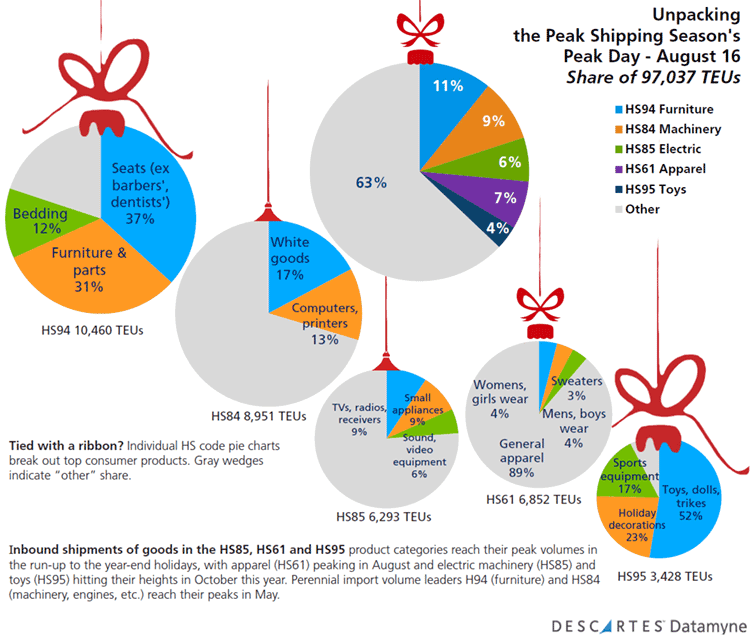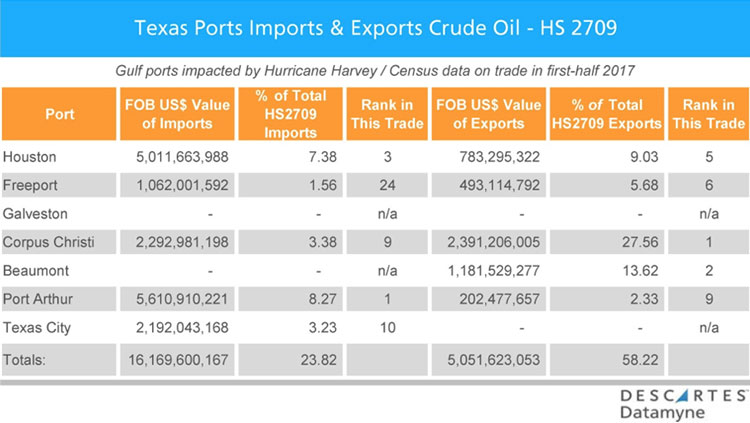by Bill Armbruster, blog anchor
Bechtel is proposing to build an offshore port along the East Coast or Gulf Coast. The behemoth engineering company says the new port, with an annual capacity of 4 million TEUs, would eliminate the need for hugely expensive dredging of channels and berths at some of the main ports, as well producing big savings in freight costs and emissions reductions.
The offshore port would be built in water deep enough not to require dredging. Cargo would be shipped by shortsea vessels or barges from the offshore hub to the coastal ports.
“We estimate that substantial cost savings can be achieved when using Very Large Container Ships (such as the new post-Panamax ships), sailing direct from the Far East, via the Suez Canal, straight to the US,” Marco Pluijm, Bechtel’s port sector manager told me in an e-mail interview. The port could also be designed to handle dry bulk cargo, he said.
The savings would include 20% to 30% on direct freight costs because of the new mega-vessels’ cheaper transport cost per TEU, plus at least 30% to 40% on inland shipping due to shorter distances from the East Coast to principal inland destinations. Emissions on the water would be reduced 20% to 30%, with another 40% to 50% reduction in emissions from overland transport.
Building an offshore hub capable of accommodating the big ships would cost much less than upgrading existing ports, Pluijm said. The distance from the shore would depend on legislation, referring to the Jones Act, and physical conditions, such as water depth.
The Jones Act requires that all cargo shipped between US ports must be carried on US-built and US-crewed ships. The 1920 law makes such domestic shipping prohibitively expensive and is the main reason why coastal feeder services using shortsea vessels have never succeeded.
Asaf Ashar, co-director of the National Ports and Waterways Institute at the University of New Orleans, said the offshore port concept might be more feasible if there were no Jones Act.
Bechtel says it is currently in initial discussions with several US government agencies about the development of an offshore port, but did not identify them.
John Martin, a port consultant, scoffed at the proposal. Martin noted that New York-New Jersey, Baltimore and Virginia already have deep enough water to handle very large ships. In addition, container hubs in Panama, Jamaica and the Bahamas are already handling transshipment cargoes from Asia. “It doesn’t make sense. There’s no economic justification,” Martin said.
The 50-foot berth at Baltimore’s Seagirt Terminal became operational in January 2013, complementing its 50-foot channel; dredging of the channels and berths at New York-New Jersey’s main terminals is slated for completion in 2016, and Virginia is blessed with naturally deep water.
As for the Gulf, the lower Mississippi River regularly handles post-Panamax ships now – including container vessels of more than 9000 TEUs, according to Matt Gresham, a spokesman for the Port of New Orleans. The depth of its berths for container ships range from 45 feet, for those that have been dredged, to more than 50 feet at some that are naturally deep, he said.
Bechtel is also touting Africa as a potential site for an offshore port, perhaps in Mozambique, where mining commodities are shipped in bulk to China.
The company has experience with offshore ports. It managed the construction of the $5 billion deepwater Khalifa Port and Khalifa Industrial Zone in Abu Dhabi. The port is about three miles offshore and connected to the mainland by a causeway and bridge. The offshore hub proposed for the US is essentially an artificial island.
I share Martin’s skepticism. The Bechtel proposal might have been viable a decade ago before US ports undertook massive dredging projects, but harbor deepening has already been completed, is well underway, or is at least deep in the planning stages at most major ports. The ports themselves and the federal government have already spent billions on dredging, and I don’t see the value in spending vast additional sums on a new facility. Moreover, the transshipment hubs in Panama and the Caribbean already offer excellent options. Also, unless the Jones Act is repealed, the shipping cost from the offshore port would be prohibitively expensive.
Let me know what you think. I’d love to get your opinion!
About Bill Armbruster
 The anchor for the Datamyne Blog has covered shipping and trade for 30 years as a reporter and editor with The Journal of Commerce and Shipping Digest. “I’ll be blogging on headline news and current issues in oceangoing commerce, trying to shed some light on the backstories and, wherever I can, supply some sound advice for shippers.” Write Bill care of [email protected]
The anchor for the Datamyne Blog has covered shipping and trade for 30 years as a reporter and editor with The Journal of Commerce and Shipping Digest. “I’ll be blogging on headline news and current issues in oceangoing commerce, trying to shed some light on the backstories and, wherever I can, supply some sound advice for shippers.” Write Bill care of [email protected]
The opinions expressed in this article are those of its author and do not purport to reflect the opinions or views or Descartes Datamyne. In addition, this article is for general information purposes only and it’s not intended to provide legal advice or opinions of any kind and my not be used for professional or commercial purposes. No one should act, or refrain from acting, based solely on this article without first seeking appropriate legal or other professional advice.





